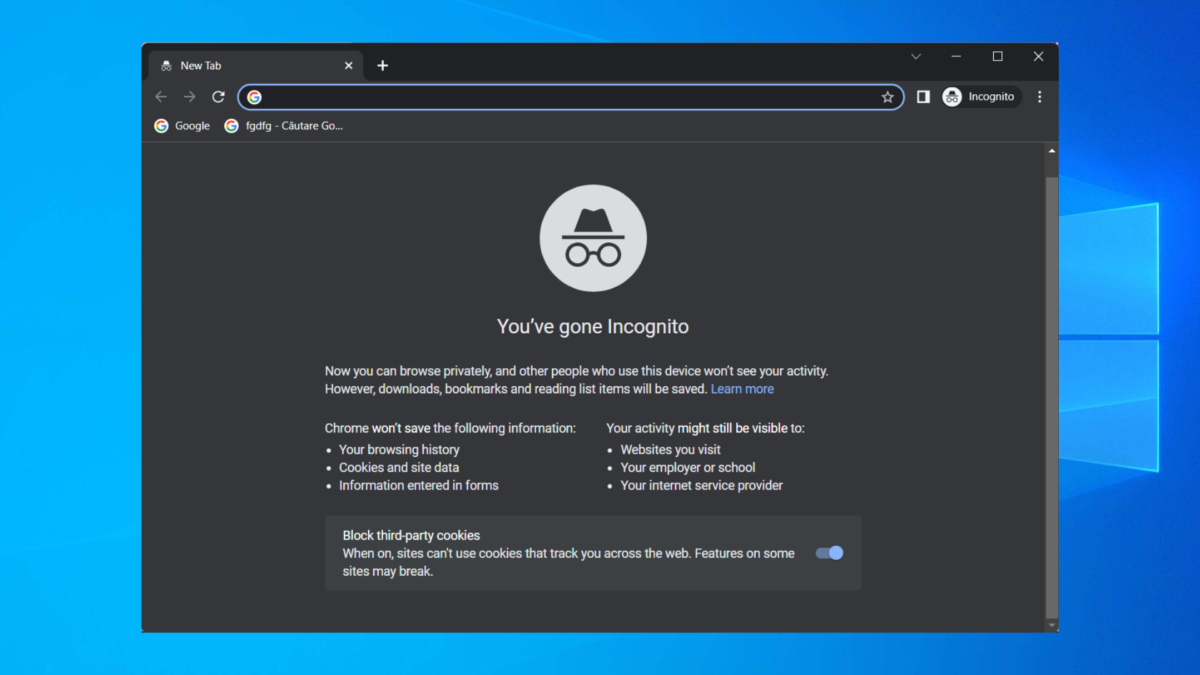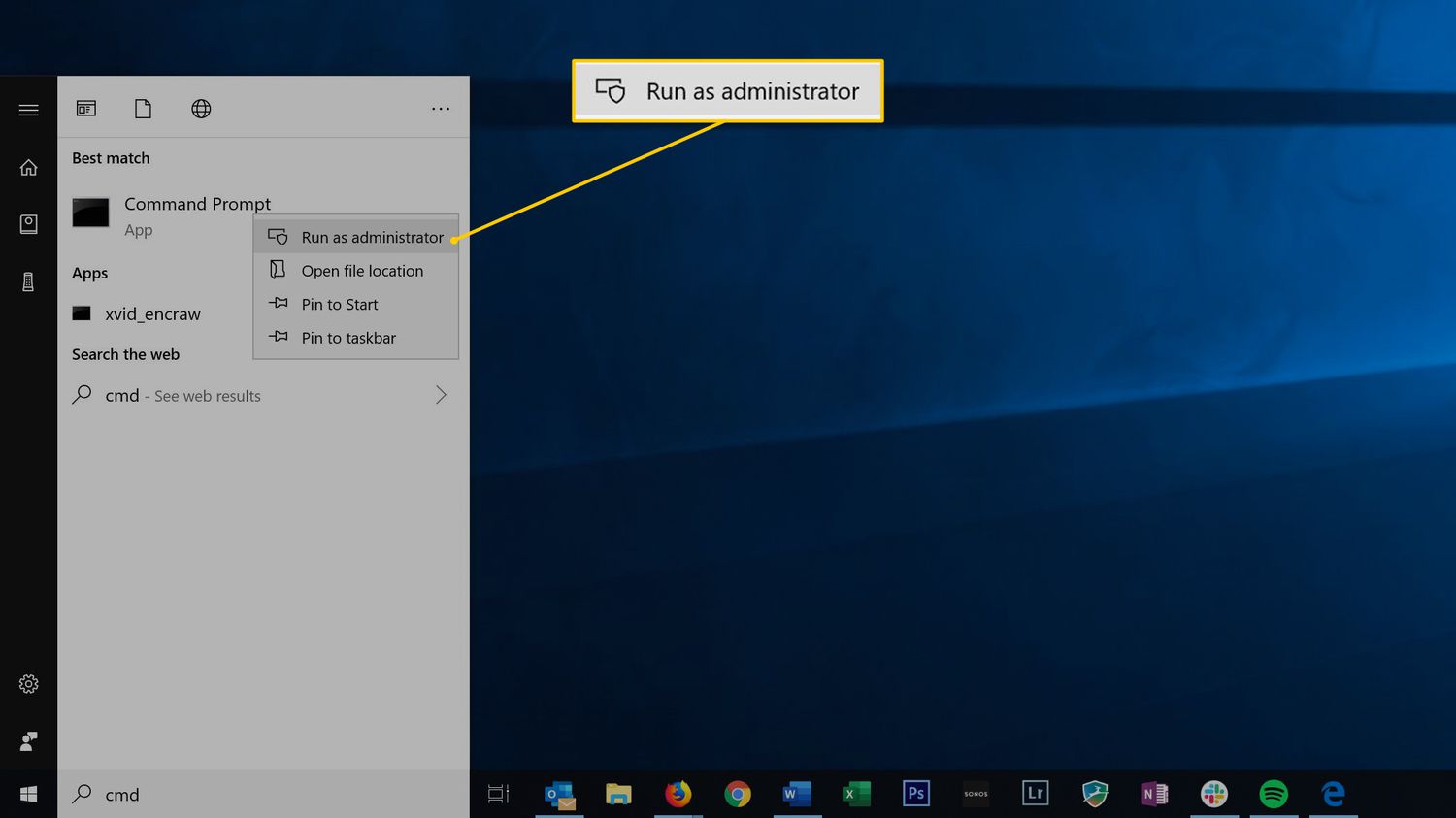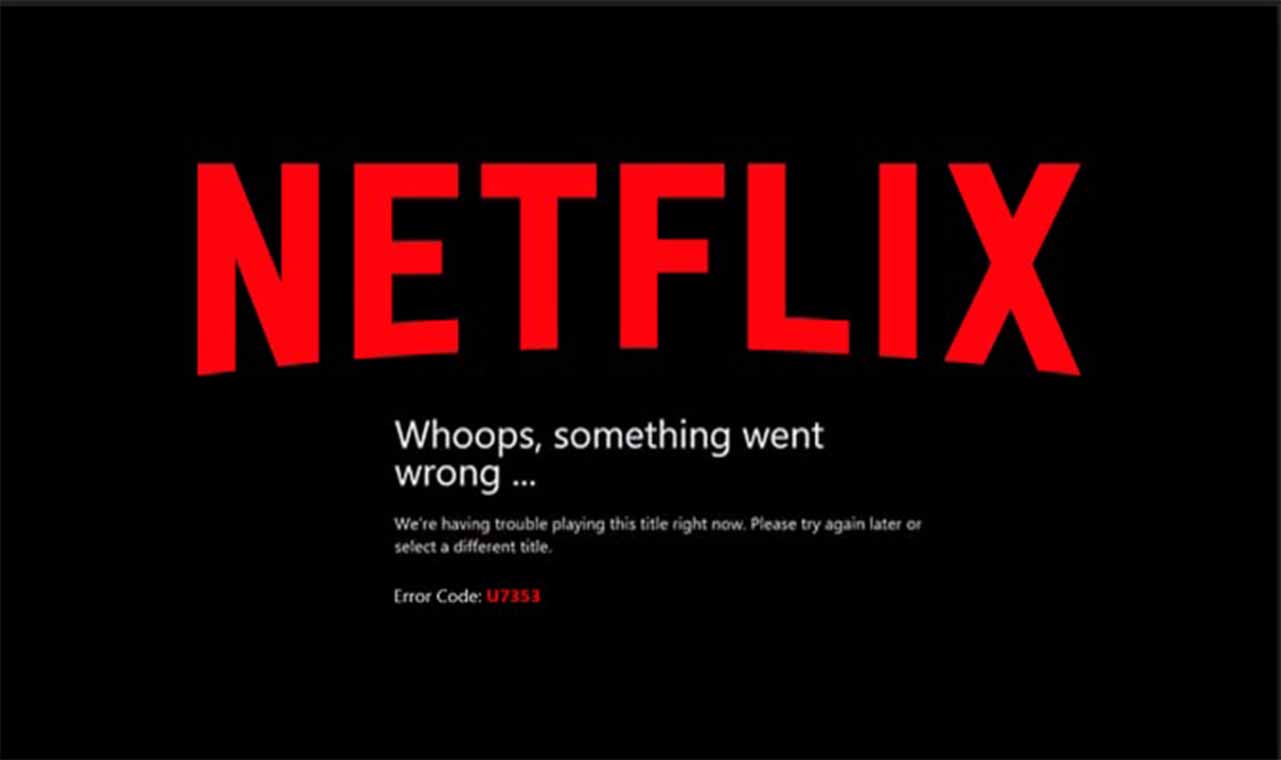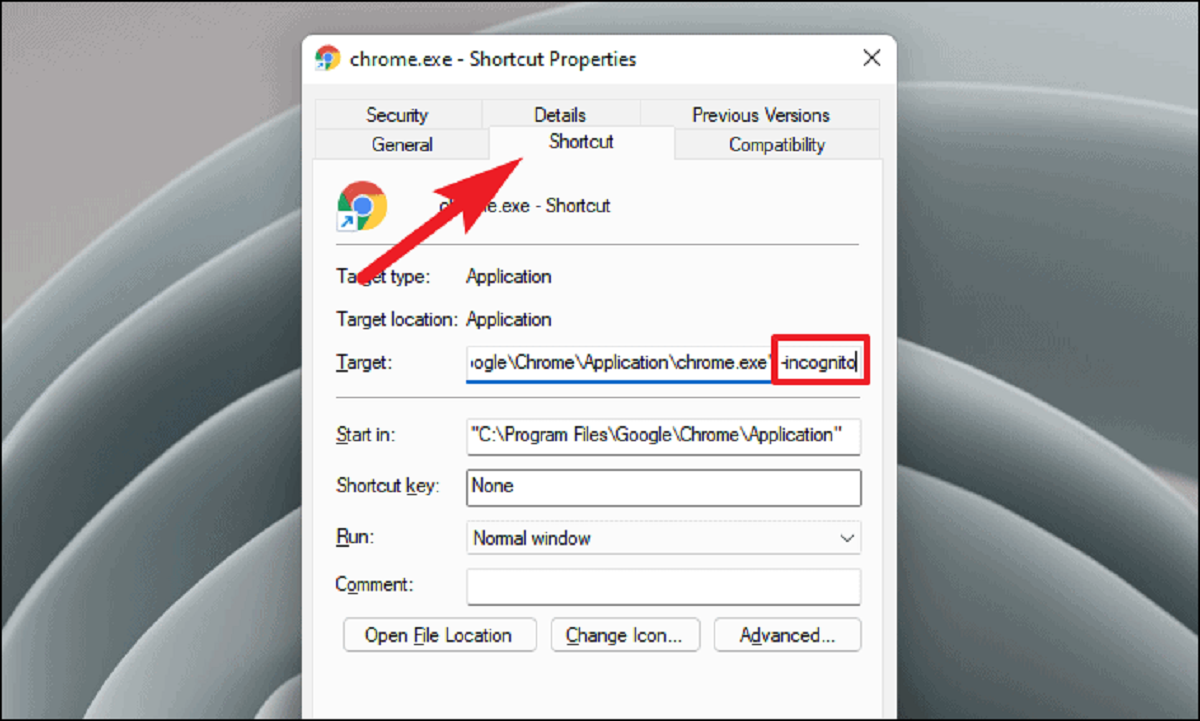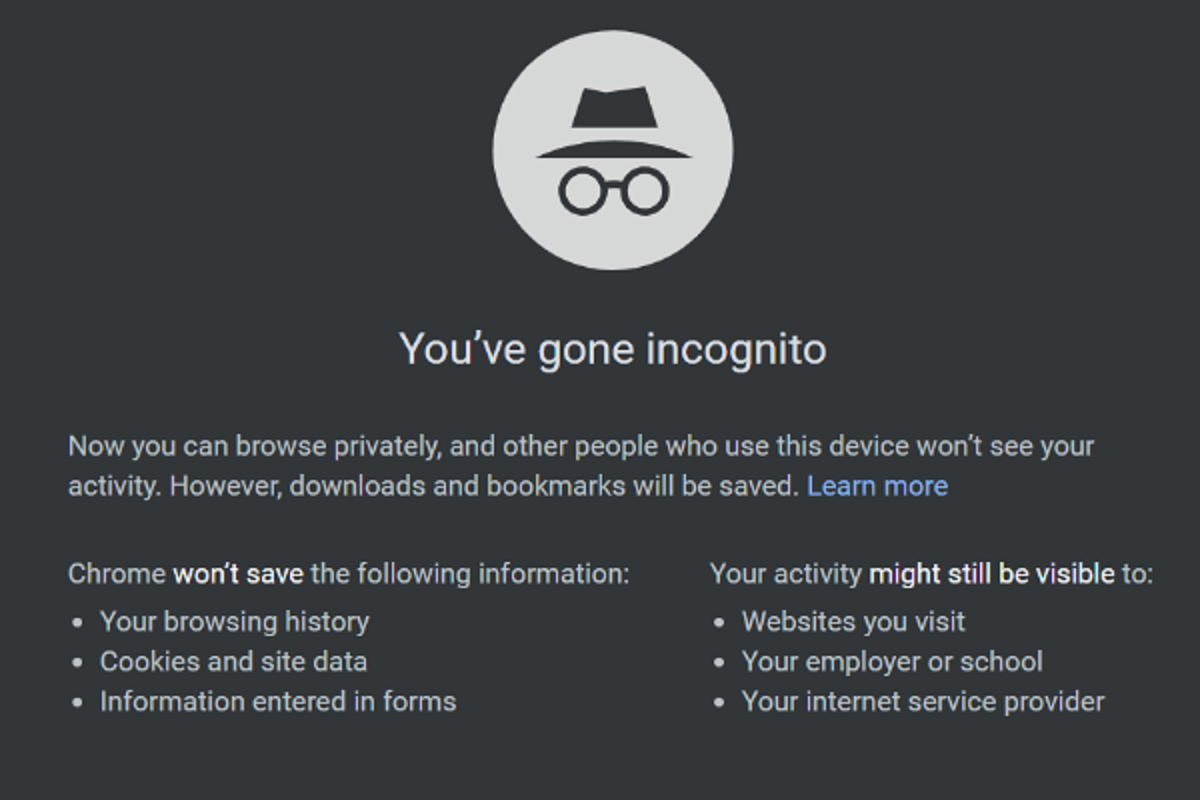Introduction
Welcome to the modern era of streaming services, where binge-watching our favorite shows and movies has become a way of life. With the advent of platforms like Netflix, we have the convenience of accessing an extensive library of content with just a few clicks. But if you have ever tried using Netflix in incognito mode, you may have encountered some unexpected roadblocks. In this article, we will delve into the reasons why you can’t use Netflix in incognito mode and explore the technical limitations and privacy concerns behind this restriction.
Incognito mode, also known as private browsing or privacy mode, is a feature offered by most web browsers that allows users to browse the internet without leaving a trace of their online activity on their device. It is commonly used to protect one’s privacy by preventing the browser from storing cookies, history, and other temporary internet files. However, when it comes to streaming services like Netflix, incognito mode may not work as expected.
So, why can’t you use Netflix in incognito mode? The answer lies in the way Netflix implements its streaming service and the strategies it employs to protect the content it offers. Netflix has implemented measures to detect and prevent the use of incognito mode, thus limiting access to its platform in this mode.
Netflix, like other streaming services, relies on a variety of revenue streams, including subscription fees and advertising partnerships. By blocking incognito mode, Netflix can ensure that its content is viewed in a way that aligns with its revenue model and advertising agreements. This restriction may be frustrating for users who prefer to browse privately or share a device with others who may not have a Netflix account.
However, it’s important to understand that this limitation is not solely based on Netflix’s desire to control how users access its platform but also involves technical and privacy considerations. In the following sections, we will explore these reasons in more detail, shedding light on the mechanisms that restrict using Netflix in incognito mode and the potential implications for user privacy and data security.
What is Incognito Mode?
Incognito mode, also referred to as private browsing or privacy mode, is a feature that is commonly offered by web browsers to provide users with a more discreet and private online browsing experience. When you open a new incognito window in your browser, it operates separately from your regular browsing sessions and doesn’t retain any of the history, cookies, or temporary files associated with your online activity.
The purpose of incognito mode is to allow users to browse the internet without leaving behind any traces of their browsing history. This can be particularly helpful in situations where you want to maintain privacy, such as when using a shared device, accessing sensitive information, or conducting research without influencing personalized search results.
When you browse in incognito mode, your browser doesn’t save any information about the websites you visit, the searches you perform, or the forms you fill out. It also disables certain features like extensions and plugins, which may help prevent any third-party tracking of your online behavior.
It’s important to note that while incognito mode does provide a certain level of privacy, it is not foolproof. While your browsing activity may not be stored on your device, it is still visible to your internet service provider (ISP), the websites you visit, and any network administrators who may be monitoring your activity.
Additionally, incognito mode does not protect you from other online threats such as malware, phishing attacks, or data breaches. It is always recommended to have up-to-date antivirus software, use secure websites (HTTPS), and exercise caution while sharing personal information online.
Now that we have a clear understanding of what incognito mode is and its limitations, let’s explore why you may encounter difficulties when trying to use Netflix in this mode.
How Does Incognito Mode Work?
To better understand why you can’t use Netflix in incognito mode, let’s take a closer look at how incognito mode works in web browsers. When you open a new incognito window, your browser starts a fresh session, separate from your regular browsing activity. This new session operates with certain privacy-oriented settings enabled by default.
When you browse in incognito mode, your browser takes several actions to enhance your privacy:
- Clears browsing history: Your browser does not save the websites you visit, ensuring that your browsing activity is not stored locally.
- Disables cookies: Cookies are small data files that websites store on your device to remember your preferences and enhance your browsing experience. In incognito mode, cookies are temporarily disabled, which means websites cannot track your activity across different sessions.
- Blocks extensions: Browser extensions, such as ad blockers or password managers, are often disabled in incognito mode to prevent these third-party tools from storing or accessing your data.
- Does not save cached files: Cached files, including images and scripts, are temporarily stored on your device to facilitate faster loading times when you revisit a website. In incognito mode, these files are not saved, ensuring that no remnants of your browsing activity are left behind.
- Does not retain form data: When you fill out forms on websites, incognito mode does not save your input, such as usernames, passwords, or personal information, further reducing the risk of data leakage.
These measures offer a degree of privacy by preventing your browser from keeping a record of your online activities. However, it’s important to note that these actions primarily affect data stored on your device and may not entirely prevent your internet service provider, network administrators, or websites themselves from gathering information about your online behavior.
Now that we have a clear understanding of how incognito mode operates, let’s explore why Netflix may not be accessible in this mode and the factors at play behind this restriction.
Why Can’t I Use Netflix in Incognito Mode?
If you’ve ever tried to access Netflix while in incognito mode, you may have encountered a message stating that the service is not available. This restriction is not an arbitrary decision but rather a deliberate implementation by Netflix. There are several reasons why you cannot use Netflix in incognito mode:
Netflix’s Reasoning: One of the main reasons why Netflix restricts incognito mode access is due to the revenue model and partnerships it has established. Netflix relies on subscription fees and advertising partnerships to sustain its business. By blocking incognito mode, Netflix can ensure that its content is viewed in a way that aligns with its revenue streams. This means that users must be logged into their subscribers’ accounts to access the content, ensuring proper attribution and monetization of the service.
Technical Limitations: Another factor that prevents Netflix from functioning in incognito mode are the technical limitations of the browser. Incognito mode disables certain features, including extensions, which may be necessary for streaming Netflix content. Additionally, the temporary nature of incognito mode may interfere with the continuous playback and buffering required for seamless streaming. To ensure a smooth and uninterrupted viewing experience, Netflix requires the full functionality of the browser, which incognito mode may not provide.
Privacy Concerns: While incognito mode aims to enhance privacy by not storing browsing history, cookies, or temporary files, it does not completely shield users from all tracking mechanisms. Streaming services like Netflix may have additional measures in place to protect their content from unauthorized access and piracy. Blocking incognito mode helps safeguard against potential misuse and unauthorized sharing of content that is meant to be accessed exclusively by paying subscribers. This also protects the rights and revenue of content creators and copyright holders.
While the inability to use Netflix in incognito mode may be frustrating for some users, it is important to understand the reasons behind this restriction. Netflix enforces these measures to ensure a secure and controlled streaming environment, protecting the interests of both the platform and its content creators. While it may limit the anonymity and privacy that incognito mode offers, it helps maintain the integrity and sustainability of the service.
In the following sections, we will explore alternative options for accessing Netflix while still maintaining some level of privacy and discuss potential workarounds for those who prefer to use incognito mode.
Netflix’s Reasoning
Netflix’s decision to block access to its service in incognito mode is primarily driven by its business model and the need to protect its revenue streams. As a subscription-based streaming platform, Netflix generates income through subscription fees paid by its users. By restricting access to incognito mode, Netflix ensures that only authenticated users who have subscribed to the service can access and enjoy its content.
One of the main concerns for Netflix is ensuring proper attribution of content consumption. When users are logged into their subscriber accounts, Netflix can accurately track their viewing habits and gather valuable data. This data helps the company make informed decisions about content production, licensing agreements, and recommendations, ultimately enhancing the user experience.
By requiring users to log in with their credentials, Netflix can also protect its content from unauthorized access and piracy. Streaming services face significant challenges in safeguarding their movies, TV shows, and original content from being shared illegally. By restricting incognito mode access, Netflix reduces the risk of unauthorized sharing or viewing of its content, preserving the rights and revenue of content creators and copyright holders.
Furthermore, Netflix’s partnerships with advertisers play a role in restricting access to incognito mode. Advertisers often pay for ad placements within the Netflix platform, targeting specific demographics or user segments. By blocking incognito mode, Netflix ensures that these ads are seen by authenticated users, allowing the company to fulfill its advertising agreements and maintain its revenue streams.
The decision to deny access to Netflix in incognito mode is not solely motivated by profit-seeking reasons. It is also aimed at preserving the integrity of the Netflix experience for its subscribers. By requiring users to log in, Netflix can personalize their recommendations based on viewing history and preferences. This personalization enhances the user experience by presenting tailored content suggestions and helping users discover new movies and TV shows that align with their interests.
Overall, Netflix’s reasoning behind blocking incognito mode access is multi-faceted. From protecting its revenue streams and content from unauthorized sharing to enhancing the user experience through personalized recommendations, Netflix’s decision serves several purposes. While it may be inconvenient for users who prefer to browse privately, understanding these reasons helps shed light on the restrictions imposed and highlights the importance of maintaining a sustainable and secure streaming environment.
Technical Limitations
In addition to Netflix’s reasoning for blocking incognito mode, there are also technical limitations that prevent the streaming service from functioning properly in this mode. Incognito mode, while designed to provide users with a more private browsing experience, introduces certain restrictions and behaviors that may interfere with the streaming capabilities of Netflix.
One of the main technical limitations of incognito mode is the disabling of browser extensions. Extensions, such as ad blockers, password managers, or video downloaders, can have an impact on the functionality of websites, including streaming services. Netflix, like many other platforms, relies on a smooth and uninterrupted streaming experience for its users. By disabling extensions, incognito mode ensures that third-party tools or scripts do not interfere with the streaming process. However, this means that if you have extensions necessary for streaming, they won’t work while in incognito mode, preventing access to Netflix.
Another technical limitation of incognito mode is the temporary and isolated nature of the browsing session. When using incognito mode, the browser does not store cookies, cache files, or other temporary data that are necessary for seamless streaming. These components facilitate the quick loading of content and allow for smooth playback. In incognito mode, these files are immediately discarded once the browsing session is closed, impeding the continuous buffering and playback required for uninterrupted streaming on platforms like Netflix.
Additionally, since incognito mode functions as a separate session from regular browsing, it may not have the same settings and configurations necessary for streaming. This can include specific website permissions or stored login credentials that enable a seamless streaming experience. When using incognito mode, these settings and credentials are not available, requiring users to log in again and potentially causing disruptions in the streaming process.
It’s important to note that the technical limitations of incognito mode are not specific to Netflix but are inherent to the functionality of private browsing in web browsers. These limitations prevent the streaming service from providing users with an optimal viewing experience when accessed through incognito mode.
In the following sections, we will explore alternatives to watching Netflix in incognito mode to help you maintain a certain level of privacy without encountering the technical limitations associated with private browsing.
Privacy Concerns
While incognito mode is often associated with increased privacy, it’s important to understand that it doesn’t provide complete anonymity or protection from all tracking mechanisms. There are valid privacy concerns related to accessing streaming services like Netflix in incognito mode.
Incognito mode primarily focuses on protecting your local browsing history by not storing cookies, cache files, or temporary data on your device. However, it does not prevent your internet service provider (ISP), the websites you visit, or any network administrators from potentially monitoring your online activities.
When it comes to streaming services like Netflix, additional privacy concerns arise. By requiring users to log in and authenticate their accounts, Netflix ensures that only paying subscribers can access its content. This helps protect against unauthorized sharing and piracy, safeguarding the rights and revenue of content creators and copyright holders. Blocking incognito mode enables Netflix to enforce this requirement and maintain a controlled environment for the distribution of its content.
Furthermore, accessing Netflix in incognito mode may hinder personalized recommendations and user experience enhancements. Netflix collects data on users’ viewing habits, preferences, and interactions with the platform. This information allows Netflix to provide tailored content suggestions and create a more personalized browsing experience. By blocking incognito mode, Netflix ensures that users are logged in and can benefit from these personalized features.
From a technical standpoint, blocking incognito mode also helps protect streaming content from unauthorized distribution or viewing. Incognito mode disables certain features and extensions that may interfere with the streaming process or enable unauthorized access to protected content. By preventing the use of incognito mode, Netflix can reduce the risk of piracy and maintain control over its valuable intellectual property.
While the inability to use Netflix in incognito mode may be considered a limitation in terms of maintaining individual privacy, it is essential to consider the broader implications for content creators, copyright holders, and the overall sustainability of the streaming industry. By implementing measures to protect their content, streaming services like Netflix can continue to invest in high-quality productions, support artists, and provide a wide range of entertainment options to subscribers.
However, it’s important to note that individual privacy concerns go beyond the limitations of incognito mode. To safeguard your privacy while streaming, it’s recommended to use a virtual private network (VPN) to encrypt your connection, opt for secure and trusted websites, and carefully manage your personal information online.
In the next section, we will explore alternative ways to watch Netflix while still maintaining a certain level of privacy, outside of incognito mode.
Alternatives to Watching Netflix in Incognito Mode
If you want to maintain a certain level of privacy while watching Netflix without using incognito mode, there are alternative options available. These alternatives will allow you to enjoy streaming content while still protecting your privacy and personal information:
1. Use a VPN: A virtual private network (VPN) encrypts your internet connection and routes your traffic through secure servers, effectively masking your IP address and location. By using a VPN, you can not only enhance your online privacy but also bypass any restrictions or limitations imposed by your ISP or streaming platforms like Netflix.
2. Clear your browsing data: If you have concerns about your browsing history or temporary files being stored locally, you can regularly clear your browser data. Most browsers offer options to clear cookies, cached files, and browsing history. By doing this, you can ensure that your Netflix viewing activity is not stored on your device.
3. Use Netflix’s “Profiles” feature: Netflix allows users to create multiple profiles within a single account. This means you can have separate viewing profiles for different family members or for personal and shared devices. By utilizing this feature, you can maintain some level of privacy in terms of your viewing preferences and recommendations.
4. Opt for browser extensions: Instead of relying on incognito mode, you can use browser extensions that offer enhanced privacy and security features. Extensions like ad blockers, cookie managers, or privacy-focused extensions can help protect your privacy while streaming Netflix. It’s important to choose reputable extensions and review their permissions before installing.
5. Use a different browser or device: If you prefer to keep your Netflix viewing separate from your regular browsing activities, you can use a different browser or device specifically for streaming. This way, you can isolate your streaming sessions without relying on incognito mode.
6. Log out when you’re finished: If you’re concerned about other users accessing your Netflix account, remember to log out of your account when you finish watching. This can help protect your viewing history and personal recommendations from being seen by others who may use the same device or browser.
These alternatives provide varying levels of privacy and can help you maintain a sense of control over your Netflix viewing experience. However, it’s important to note that no method can guarantee complete anonymity or protection from all tracking mechanisms. It’s always a good practice to stay informed about privacy settings, review terms of service, and regularly update your device’s security software to further protect your privacy while using streaming services.
Conclusion
While incognito mode offers a way to browse the internet more privately, it is not a suitable option for accessing streaming services like Netflix. There are valid reasons why you cannot use Netflix in incognito mode, including Netflix’s revenue model, technical limitations, and privacy concerns.
Netflix strategically restricts access to its platform in incognito mode to ensure proper attribution, protect its content from unauthorized sharing, and maintain partnerships with advertisers. These measures help support the sustainability of the streaming industry and the rights of content creators and copyright holders.
Additionally, technical limitations associated with incognito mode, such as the disabling of browser extensions and the temporary nature of the browsing session, hinder the seamless streaming experience that Netflix aims to provide.
While you may not be able to use Netflix in incognito mode, there are alternative options to maintain a certain level of privacy while streaming. Using a VPN, clearing your browsing data, utilizing Netflix’s “Profiles” feature, opting for privacy-focused browser extensions, using a separate browser or device for streaming, and logging out when you’re finished are all methods that can help protect your privacy while enjoying Netflix content.
It’s important to remember that while these alternatives can enhance your privacy, they do not guarantee complete anonymity or protection from all tracking mechanisms. Staying informed about privacy settings, reviewing terms of service, and regularly updating your device’s security software are essential habits to prioritize your privacy while using streaming services.
By understanding the reasons behind the restriction of Netflix in incognito mode and exploring alternative options, you can make informed decisions that balance your privacy needs with the desire for an enjoyable streaming experience.









